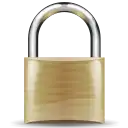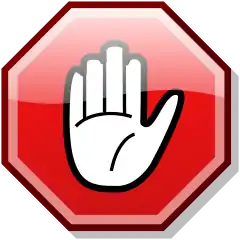5e SRD:Ability Scores
Using Ability Scores
Six abilities provide a quick description of every creature's physical and mental characteristics:
- Strength, measuring physical power
- Dexterity, measuring agility
- Constitution, measuring endurance
- Intelligence, measuring reasoning and memory
- Wisdom, measuring perception and insight
- Charisma, measuring force of personality
Is a character muscle-bound and insightful? Brilliant and charming? Nimble and hardy? Ability scores define these qualities—a creature's assets as well as weaknesses.
The three main rolls of the game–the ability check, the saving throw, and the attack roll—rely on the six ability scores. The book's introduction describes the basic rule behind these rolls: roll a d20, add an ability modifier derived from one of the six ability scores, and compare the total to a target number.
Ability Scores and Modifiers
Each of a creature's abilities has a score, a number that defines the magnitude of that ability. An ability score is not just a measure of innate capabilities, but also encompasses a creature's training and competence in activities related to that ability.
A score of 10 or 11 is the normal human average, but adventurers and many monsters are a cut above average in most abilities. A score of 18 is the highest that a person usually reaches. Adventurers can have scores as high as 20, and monsters and divine beings can have scores as high as 30.
Each ability also has a modifier, derived from the score and ranging from −5 (for an ability score of 1) to +10 (for a score of 30). The Ability Scores and Modifiers table notes the ability modifiers for the range of possible ability scores, from 1 to 30.
| Score | Modifier |
|---|---|
| 1 | −5 |
| 2–3 | −4 |
| 4–5 | −3 |
| 6–7 | −2 |
| 8–9 | −1 |
| 10–11 | +0 |
| 12–13 | +1 |
| 14–15 | +2 |
| 16–17 | +3 |
| 18–19 | +4 |
| 20–21 | +5 |
| 22–23 | +6 |
| 24–25 | +7 |
| 26–27 | +8 |
| 28–29 | +9 |
| 30 | +10 |
To determine an ability modifier without consulting the table, subtract 10 from the ability score and then divide the total by 2 (round down).
Because ability modifiers affect almost every attack roll, ability check, and saving throw, ability modifiers come up in play more often than their associated scores.
Back to Main Page → 5e System Reference Document

